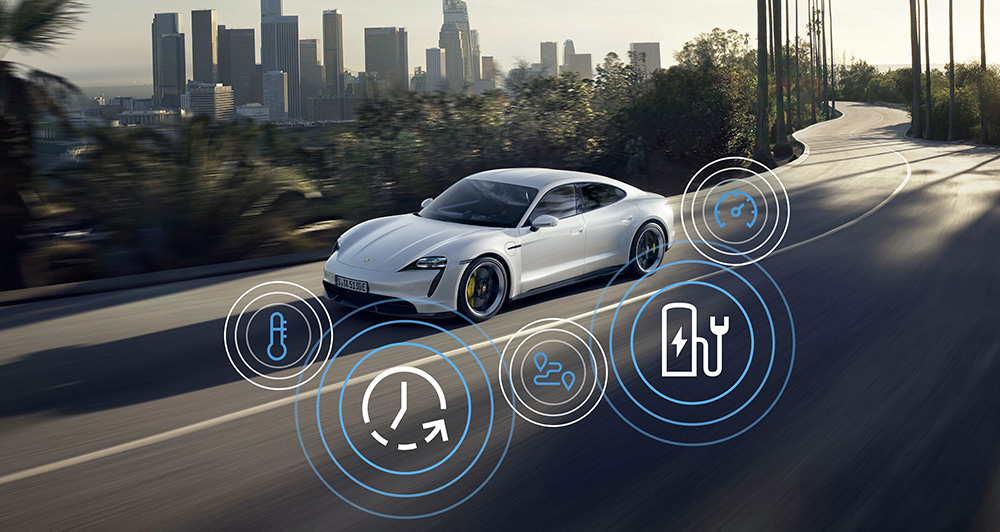
The big day had arrived for the 2023 Japan Mobility Show, and Nissan was all set to impress with one last Hyper concept. We had showcased four concepts, but the brand still had one last surprise for the opening day of the much-awaited mobility event.
Nissan not only rests on its rich heritage of sports cars, but fully embraces a future of astounding performance, innovation, and daring design. The Hyper Force symbolizes that future and, in my honest opinion, was the highlight of the entire showcase, with the Nissan CEO himself, Makoto Uchida, taking center stage to present the stunning fifth EV Hyper concept to a captivated audience.

The Hyper Force, at a glance, reminds you of the brand’s halo car—the GT-R—especially with its familiar profile and rounded taillights.
However, this goes beyond that tradition and takes performance to a whole new electrified chapter with 1,000kW (1,341hp) of eco-friendly, pure-EV muscle on tap pulled from its high-capacity all-solid-state battery.
Mated to the brand’s e-4orce all-wheel-drive tech and with a body made of high-strength carbon, this supercar promises superb handling and cornering whether on a racetrack or a twisty road.


The exterior, which expresses a sleek, geometric design that sits low and wide to the ground, reciprocates the car’s ultra-performance nature. Purposeful touches of forged carbon all around the highly aerodynamic shell and large wheels further enhance both aesthetics and functionality.
Butterfly doors (probably the biggest I’ve ever seen in a performance vehicle) are the perfect opening into the well-laid-out futuristic cockpit that spells driver-centricity and spacious ergonomics.
Seats are made of extremely rigid and lightweight carbon fiber. The whole idea here is to create an electric supercar that is both comfortable to drive daily and ready to hit the circuit whenever you are.




Two driving modes are made available with the Hyper Force. “R” (racing mode) illuminates the intuitive cockpit in red to create a driving environment that supports concentration.
Panels adjust closer to the driver, while four satellite screens around the steering wheel show tire grip, brake rotor temperature, air pressure, power distribution, and other invaluable information for racing.
On the other hand, the “GT” mode creates a more relaxed ambience and lights up the cabin in blue as all four screens surrounding the tiller move further away and come together to make a simpler infotainment layout.
Thanks to the collaboration between Nissan and Polyphony Digital (a subsidiary of Sony Interactive Entertainment, the outfit behind the Gran Turismo video game), the Hyper Force comes with an innovative augmented reality and virtual reality experience, enabling driving both in the physical and virtual worlds.

When the car is parked, the driver can put on a special helmet that allows him (or her) to race against other online gamers or to simply do time attacks on virtual courses.
When it comes to the augmented reality aspect, skeleton visors let drivers compete against each other, including ghosts of professional racers, letting users push and improve their skills on real-world circuits. Talk about having the most expensive racing rig on earth.
If the Hyper Force is an indication of what a sustainable supercar is going to be like in the future, then do count us in.











Comments